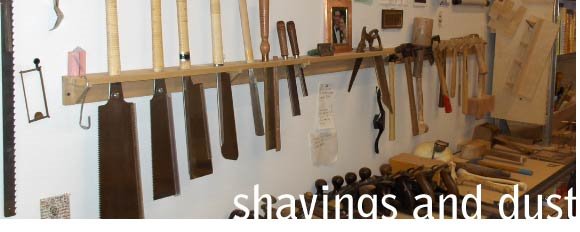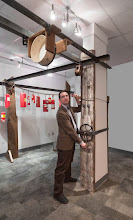
Wednesday, January 27, 2010
delight

Monday, January 4, 2010
Thirty or so years of being teachers and artists means that my parents have thousands (this is not an exaggeration) of books in their house. There is no subject that can not be researched here: gardening, Lincoln, the history of surgery, food, and, as it turns out, origami. Paper folding books were procured, old magazines were culled, and square paper was cut (see below).

Last night we sat in front of the fire and folded paper. I started with a fish, which looked nice folded from an advertisment for pasta, and a "sleeping dog," which was not particularly satisfying.
My sister (who is also here for a few days) started with a frog, which was a little advanced, and did not, initially, seem right:

So I tried my hand at one, which worked out a little better. The interesting thing about folding paper shapes is that, like so many other things, there is a set of steps that must be followed, in order, and a deviation from that proves vexing.

 This is my kind of cold night, sitting in front of the fire with family, making things and laughing, (occasionally) not making frogs, drinking beer and telling stories. Though I am missing home quite a lot, having been gone for so long, and though I am looking forward to getting back in the classroom and back in the studio, this is the kind of recharging moment that is so vital.
This is my kind of cold night, sitting in front of the fire with family, making things and laughing, (occasionally) not making frogs, drinking beer and telling stories. Though I am missing home quite a lot, having been gone for so long, and though I am looking forward to getting back in the classroom and back in the studio, this is the kind of recharging moment that is so vital.



